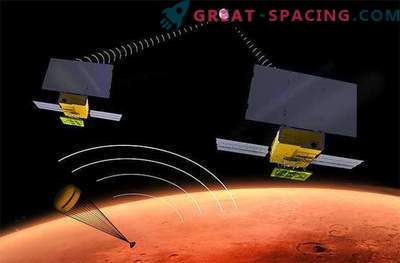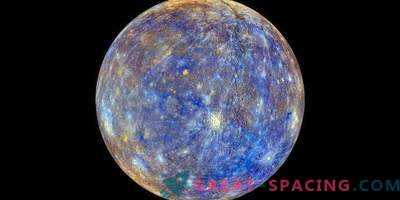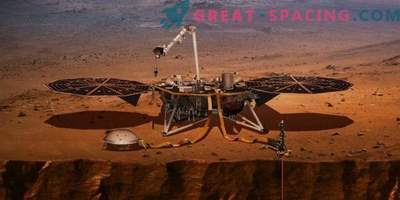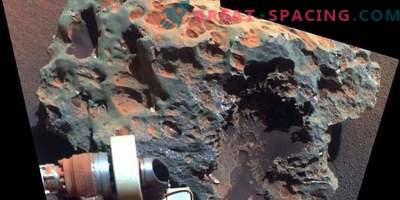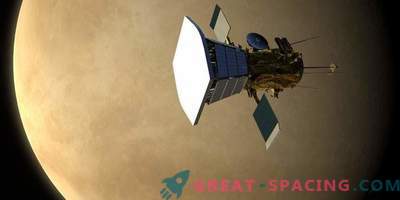
According to scientists, the new design of the landing system for miniature probes will expand the boundaries of the parts of the surface of Mars available for research at times. The basis of the design is the principle of the hang-glider, which not only improves the accuracy of the landing, but also opens up the possibility of visiting previously unreachable locations.
The project, called MARSDROP, involves sending in the near future two small probes (micro probes) to the surface of the Red Planet from the board of a larger ship. After undocking from the “mother” ship, the controlled wing will control the process of slow drop of the probes onto the planet.
The idea of creating this wing belongs to Rebecca Williams, a scientist from the United States Planetological Institute. She worked on the project with Matthew Abby of the Aerospace Corporation and a group of engineers from NASA's California Jet Propulsion Laboratory, led by Robert Steele.
The prototype probe MARSDROP has already passed the relevant field tests. Thanks to a navigation system that uses landmarks, scientists managed to bring the error when landing to several meters. This fact, as well as the small size of the microprobes, allows us to explore those parts of the surface of the planet that cannot even be visited using Curiosity. Such hard-to-reach places are primarily the Martian Canyon, the sites of the recent fall of meteorites, volcanic activity and glaciers. “Indeed, the biggest advantage of Mars’s exploration is the opportunity to visit and explore the places where geological processes are currently taking place: geysers at the South Pole and seasonal outlets to the surface of groundwater,” says Williams.
Micro probes will be equipped with an arsenal of tools for monitoring the environment: cameras, weather sensors, seismometers and microscopes to study minerals of different origin. These tools are needed to gather important information about the climatic conditions of the Red Planet before a person’s foot sets on it. They will also track changes in the surface of Mars and look for signs of organic matter.
“MARSDROP will lay the foundation for further study of the planet nearest us,” suggests Williams. “It will mark the real threats that a new environment can carry for a person, and possible sources of resources, such as water, from which fuel can be made for missiles.”
The advantages of the program MARSDROP also include its price. It will cost only 5 percent more than the modern equivalent.
The description of the mission says: “MARSDROP is a very cost-effective project that allows you to double or even triple the number of probes launched in one run.”
If the project succeeds, similar technologies will be used in launches to Venus and the satellite of Saturn - Titan.
